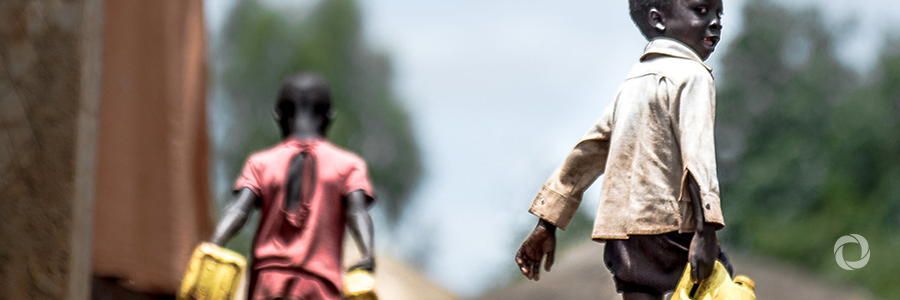Despite the rigorous definition by the United Nations for declaring a famine (1 in 5 households in an affected area must be severely short of food; more than 30% of the population must be malnourished; and at least two starvation-related deaths occur per day for every 10,000 members of the affected population), the world today is witnessing famine in South Sudan and near famine like situations in Somalia, northeast Nigeria, and Yemen.
With “business as usual,” nearly 20 million people stand to lose their lives, many innocent children among those.
Country Updates
Somalia
Across Somalia, 6.2 million people face acute food insecurity through June 2017. Most of these are in rural areas making up to 65% of the population in Integrated Food Security Phase Classification (IPC) Phases 3 and 4, and 87% of those in IPC 4. The risks are highest in Somalia’s southern breadbasket and northeastern pastoral areas. The drought of 2016 has left most rural households with precariously low stocks and farmers without seeds to plant, has cut wage labor income, and increased food and water prices. In northern pastoral areas, total livestock losses have left the population on the brink of destitution.
South Sudan
South Sudan faces one of the world’s worst humanitarian and food security situations today. More than 2.4 million people have been displaced by violence in South Sudan since mid-December 2013, and it is estimated that around a third of South Sudanese are now food insecure with the latest IPC analysis carried out in September 2015 by the FAO, indicating that food security has deteriorated at an alarming rate since the outbreak of the conflict.
Yemen
Severe food insecurity threatens more than 17 million people in conflict-ridden Yemen. Twenty of the country’s 22 governorates are in ‘emergency’ or ‘crisis’ food insecurity phases, and almost two-thirds of the population is now facing hunger. Two governorates that account for almost a quarter of Yemen’s population risk slipping into famine. Decrease in domestic production, disruption of commercial and humanitarian imports, increasing food and fuel prices, rampant unemployment, the collapse of public services and social safety nets, and relatively low levels of funding for UN agencies providing food assistance are contributing to a worsening food security situation.
Nigeria
A total of 5.2 million people may face severe food insecurity during the coming lean season in Adamawa, Borno, and Yobe States of northeastern Nigeria. Conflict and the resulting displacement have left millions without food and turning to negative coping strategies like selling critical assets just to survive. Already, poor and vulnerable host communities have absorbed large numbers of people fleeing violence, placing considerable pressure on fragile agricultural and pastoral livelihoods, while the insecurity has disrupted markets and food availability.
Source: UN Foundation. Read full article here.
5 June, 2017

